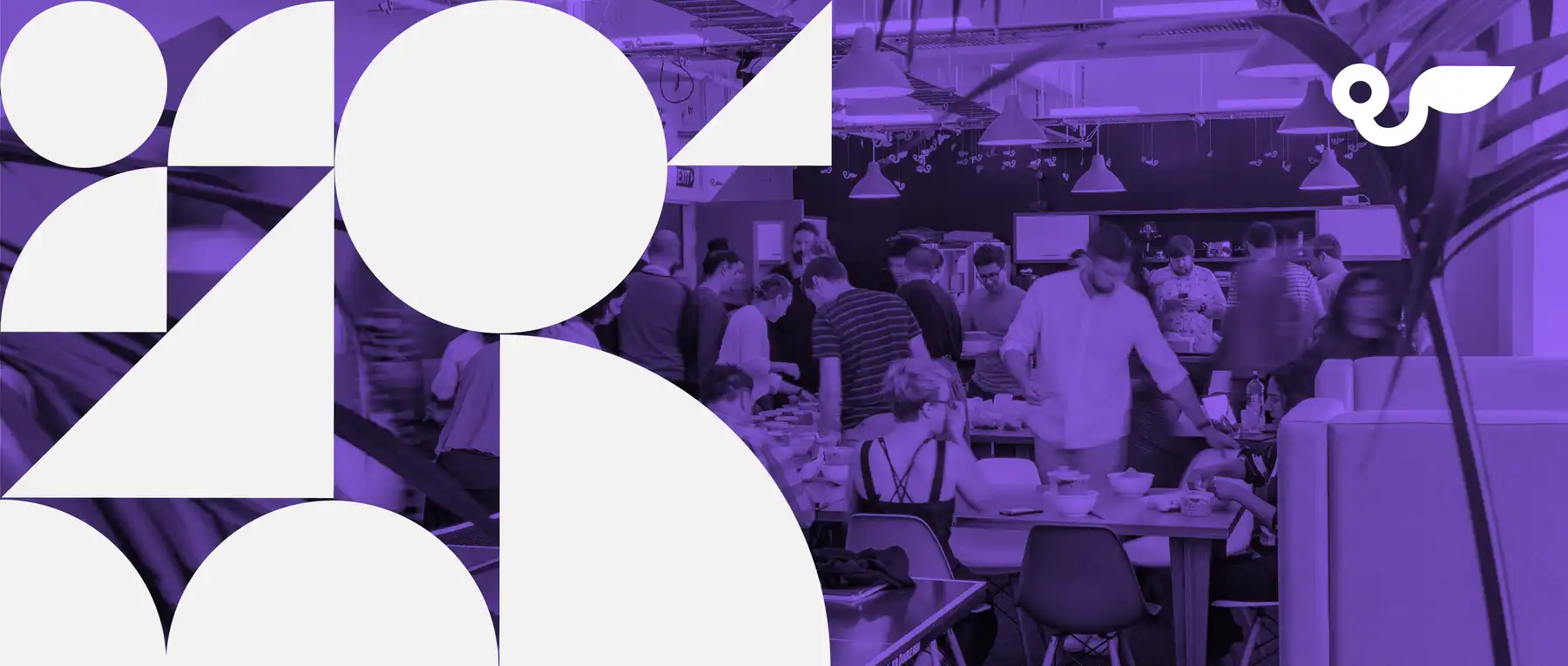
On Wednesday, 29th July, Ella moderated a panel discussion with Emilia Zapata, Jason Kiss, Ruth Hendry, and Meena Kadri as part of Techweek 2020. They addressed three main questions around accessibility, inclusion, and digital experiences:
- What does accessibility and inclusion mean?
- At what point should people consider accessibility and inclusivity in their work?
- What would your response be to someone who says “accessibility and inclusion is expensive and time-consuming”?
During this discussion, our panelists also considered the competing pressures businesses and individuals face when trying to get buy-in for accessibility and inclusion work. They explore the ‘why’ behind accessibility — should the emphasis be on the commercial value of accessibility or appealing to a businesses values?
Watch our recording to find out how Emilia, Jason, Ruth, and Meena respond to these points, the real-world examples they use, and the resources they recommend. You can also access the audio along with an interactive transcript via Otter.ai.
Resources and examples from the discussion
Examples of accessibility in action:
- Plunket, a charity that’s Aotearoa's biggest support service for tamariki under-fives, considers the situational accessibility issues that people might have. If you're breastfeeding or you're holding a baby, they want you to be able to ring them, use a voice search, use a chatbot, and be able to type.
- Te Papa’s 'He Paki Taonga i a Māui' videos are meaningful to an audience fluent in Te reo Māori, and are great examples of accessible and inclusive content that has been added to and improved over time.
- Paper Giant’s work for St Kilda LGBTIQ Legal Service demonstrates how content can communicate safety and inclusion on a website.
- Kristy Viers shared a video of herself using her iPhone on Twitter to show how visually impaired users can interact with an iPhone and the web.
Resources referenced in the discussion:
- Businesses are losing money by not catering to disabled people. A UK study called the 'Click-Away Pound Survey' documents the behaviour of disabled people when they interact with an e-commerce website that isn’t accessible.
- The book 'Accessibility for Everyone' by Laura Kalbag introduces a lot of the common mistakes you can make and how to alleviate them during your design process and building software.
- The Self-Defined app is a dictionary of definitions created by Tatiana Mac.
- The Web Accessibility Initiative from the W3C has resources explaining how different people with different disabilities use the web and the considerations around design and development for them.
- The WebAIM email discussion list is an active, long-standing discussion forum. If you have any questions about accessibility you’ll receive helpful feedback from accessibility experts.
- The Accessibility Project has a checklist you can work through to help improve people’s experience on your site.
Content tools:
- A Fleisch-Kincaid test helps to determine the readability of your content, whilst a Cloze test measures reading comprehension so you can determine whether your target audience will understand your content. The Hemingway app can also help you with content too.
- Whilst these tools are useful, there is no substitute for testing your content with real people. You can do this remotely by using Chalkmark, or you can carry out in-person usability testing.
Tech tools:
- If you’re looking for a plugin to find accessibility issues, axe from Deque Systems and Google Lighthouse can help.
- Tenon.io isn’t a plugin but offers a similar service — on their website you can use a website’s URL to run an accessibility check.
Need help with accessibility and inclusion?
If you want to know more about an area we discuss in our panel, or want help making your project more accessible and inclusive, get in touch.
Get in touch
Let’s make the things that matter, better.
Email: hello@springload.co.nz
Phone: +64 4 801 8205